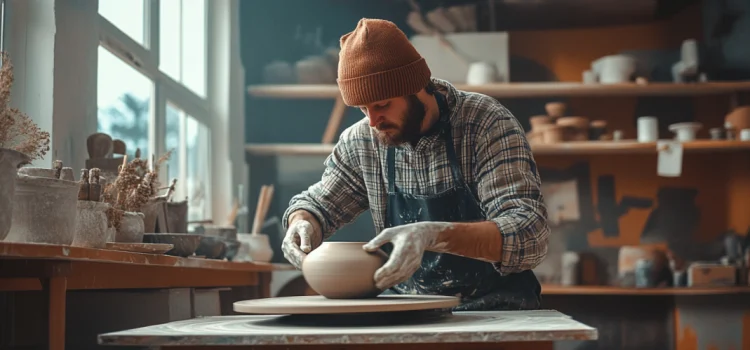

This article is an excerpt from the Shortform book guide to "Wired to Create" by Scott Barry Kaufman and Carolyn Gregoire. Shortform has the world's best summaries and analyses of books you should be reading.
Like this article? Sign up for a free trial here.
How are sensitivity and creativity linked? Can over-sensitivity be a negative thing?
According to Scott Barry Kaufman and Carolyn Gregoire, being sensitive is a characteristic of creativity. In their book Wired to Create, the authors explain why sensitivity can be both a good and a bad thing.
Continue reading to learn why artists tend to be sensitive.
Why Artists Are Sensitive
The authors of Wired to Create assert that sensitivity and creativity go hand-in-hand. Sensitive people experience intense emotions and often are more in tune with and impacted by their surroundings. For example, a sensitive person may be more likely to notice the subtle nuanced brush strokes in a painting, or they may be better equipped to pick up on others’ emotions. They’re also more likely to be strongly emotionally impacted by their experiences—both positively and negatively.
The authors explain that sensitivity is linked to creativity for a few reasons. First, sensitive people have more intense emotional experiences, and emotions are often the inspiration for creative expression. Further, sensitive people tend to pick up on things that most people don’t. This provides them with a deeper understanding of the world, which sparks creative insights.
| Experiences of Highly Sensitive People In The Highly Sensitive Person, Elaine Aron provides a more comprehensive definition of what it means to be highly sensitive. According to Aron, highly sensitive people, or HSPs, have four major characteristics that set them apart from the typical person: 1) the ability to process information deeply 2) the heightened ability to discern subtleties 3) heightened empathy and emotional experiences 4) the tendency to become overstimulated While Aron agrees that HSPs can often be more creative than non HSPs due to their heightened understanding of themselves and the world, they also experience symptoms that can be inhibiting. For example, the tendency to become overstimulated can lead to a state called transmarginal inhibition in which they shut down because they’re unable to handle the stimulation they’re experiencing. |

———End of Preview———
Like what you just read? Read the rest of the world's best book summary and analysis of Scott Barry Kaufman and Carolyn Gregoire's "Wired to Create" at Shortform.
Here's what you'll find in our full Wired to Create summary:
- What creativity truly means—and why it’s hard to define
- The 10 characteristics of creative people
- How to maximize your creative potential






